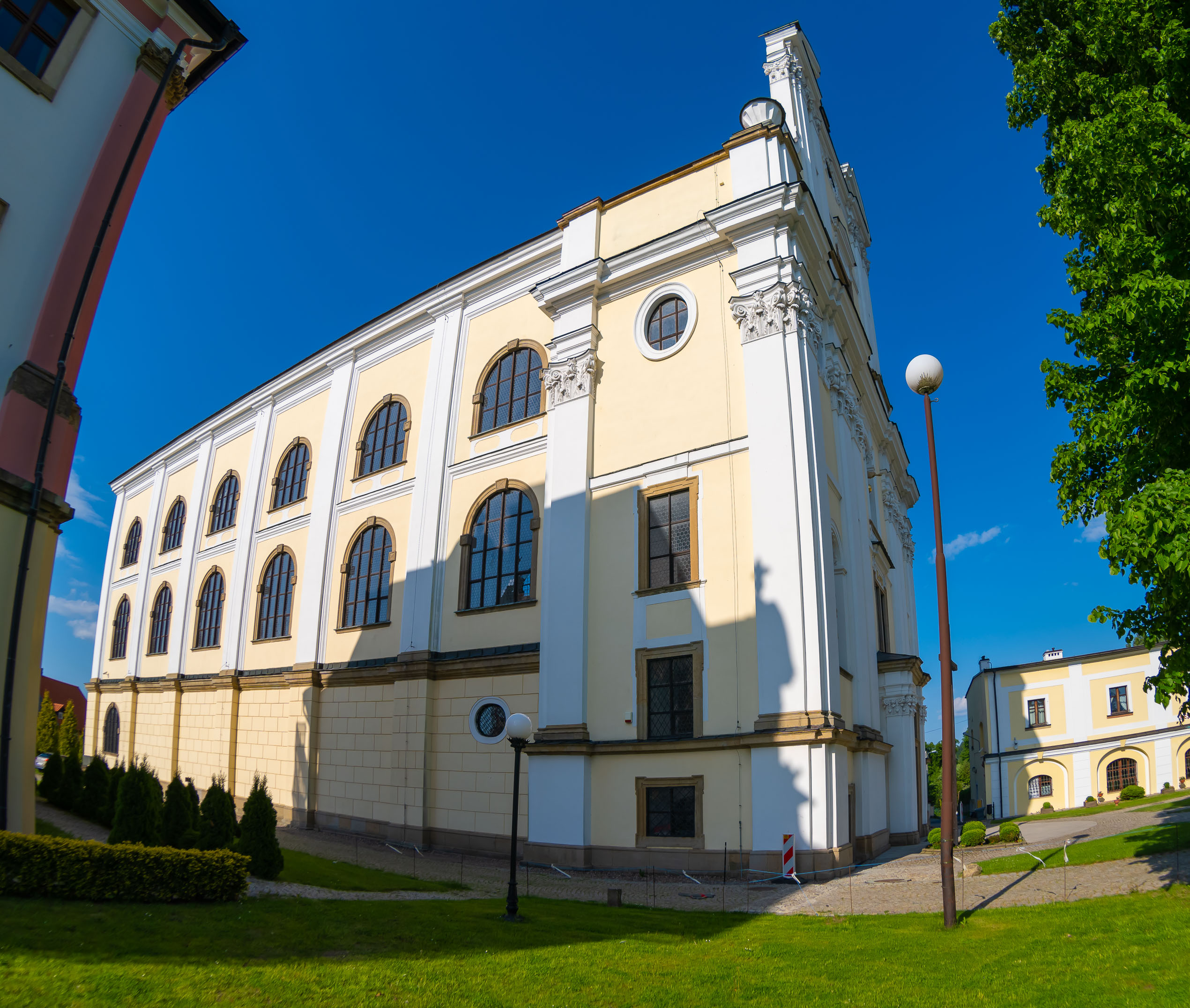Cathedral Basilica of the Assumption of the Blessed Virgin Mary
The cathedral basilica is one of the oldest and largest in the country, being at the same time the largest Renaissance cathedral north of the Alps, on which other churches in Poland were modelled. Inside it you will find a copy of the bronze Plock Doors, a unique example of Romanesque art in this part of Europe. The polychrome with the coats of arms of all the bishops of Plock is a delight in its beauty.
Under the northern tower, in the Royal Chapel, the rulers of Poland, Ladislaus I Herman and Boleslaus III Krzywousty, are buried in a classicist sarcophagus, while Konrad Mazowiecki and other dukes are buried in the crypt. The unique works of artistic craftsmanship gathered in the treasury complete the picture of a true pearl in the crown of Polish historical monuments.
Over the centuries, the cathedral has changed its appearance, but has invariably been the most important temple in Mazovia. After the Płock diocese was established in 1075, the first wooden cathedral church, dedicated to the Assumption of the Blessed Virgin Mary, was built. During the reign of Boleslaus III the Wrymouth, the then bishop Alexander of Malonne began the erection of the largest three-nave Romanesque basilica of brick in the country.
In the 16th century, after many fires and numerous destructions, a thorough Renaissance reconstruction of the temple began, to which reference was made during subsequent works at the beginning of the 20th century, completing the interiors with polychrome. Since 1910, the cathedral has borne the title of Minor Basilica. The last changes to the temple were made at the beginning of the 21st century. Since 2018, it has been listed as a Monument of History, together with the abbey and the museum.
Photographs
Gigapanoramas
Gigapixels
3D models
Videos
)
)
)
)
)
)
)
)
)